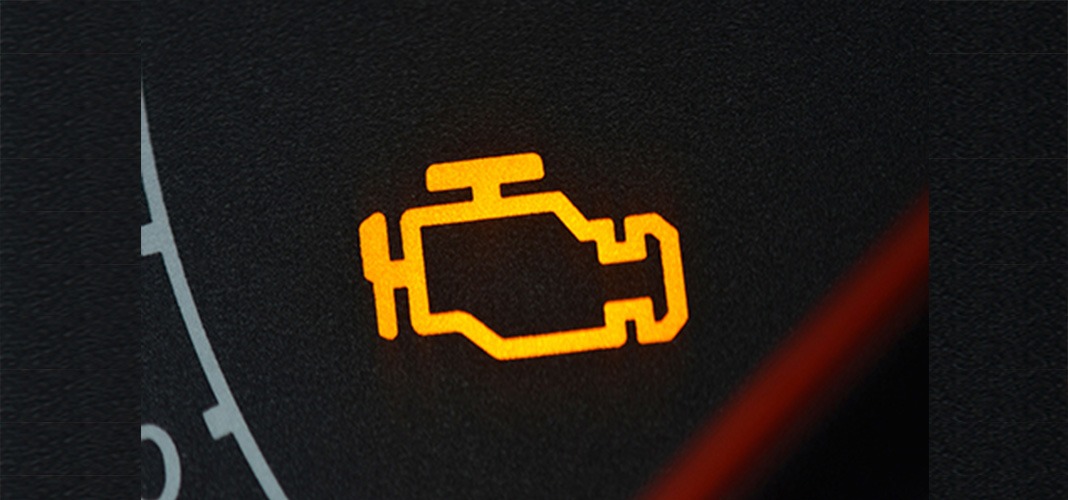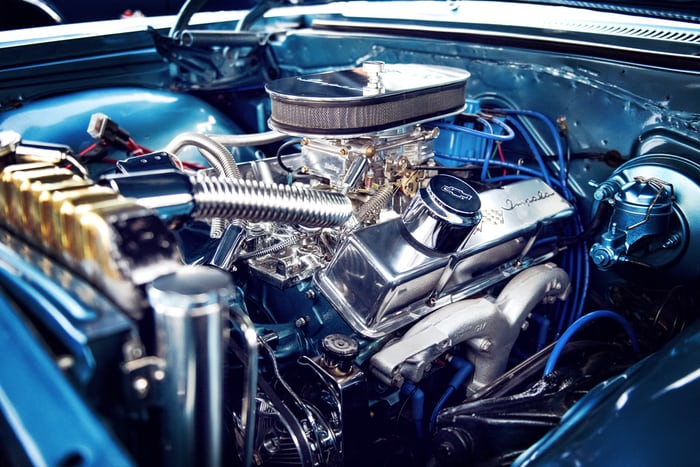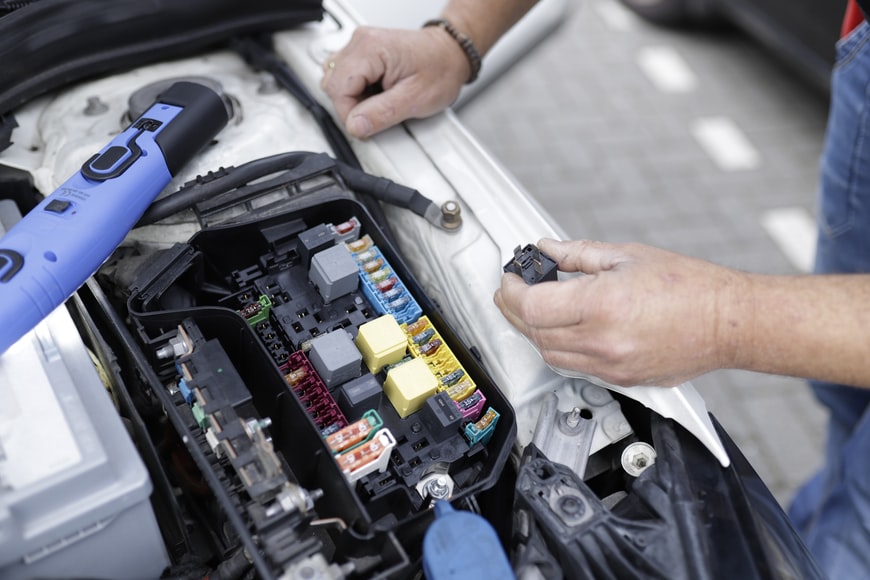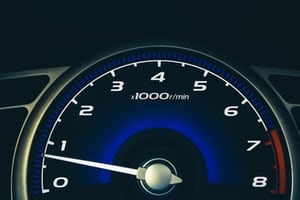Have you ever faced or experienced an issue related to the engine fail safe mode in the vehicles? The mode plays an important role in determining the damage that occurred in various parts. Here, in the article, we will discuss and cover all the essential points regarding the engine fail-safe mode, its causes, and certain frequently asked questions. So, let’s begin with the content.
Table of Contents
What Is Engine Fail Safe Mode?
 The engine safe mode is also known as limp mode and is sometimes referred to as an engine cut-off safety feature. Modern vehicles are generally equipped with an OBD-II diagnostic system that monitors all vehicle systems including a few others. Some of them are ignition systems, fuel systems, emission systems, braking systems, throttle bodies, and much more.
The engine safe mode is also known as limp mode and is sometimes referred to as an engine cut-off safety feature. Modern vehicles are generally equipped with an OBD-II diagnostic system that monitors all vehicle systems including a few others. Some of them are ignition systems, fuel systems, emission systems, braking systems, throttle bodies, and much more.
Thus, with the help of a series of sensors, the engine control unit (ECU) collects data instantly to ensure that the vehicle operates efficiently. It also helps to make fine-tuning adjustments to these systems thus, keeping the vehicle running safely and effectively.
What Happen When The Engine Fail Safe Mode Is Activated?
 Once the limp mode is activated, soon the ECU limits the vehicle’s ability to drive normally and smoothly. In certain cases, the engine control unit will permit you to drive to a mechanic but will restrict the performance or speed of the vehicle. Thus, prevent severe damage and will not worsen with time.
Once the limp mode is activated, soon the ECU limits the vehicle’s ability to drive normally and smoothly. In certain cases, the engine control unit will permit you to drive to a mechanic but will restrict the performance or speed of the vehicle. Thus, prevent severe damage and will not worsen with time.
However, there are a few situations when the failsafe mode occurs and disable the vehicle’s ignition or fuel system. As a result, the engine fails to start thus initiating a large issue to the engine. So, it is better to visit the mechanic as soon as possible to avoid an unnecessary huge mess.
What Causes The Engine Fail Safe Mode?
If the engine fails safe mode is activated with a certain level of damage or malfunctioning in the system. There are conditions when the situation reaches a stage where complete engine replacement is necessary if actions are not taken in time.
Therefore, here we will discuss some of the common causes responsible for the initiation of an engine fail-safe mode in the vehicle. So, let’s discuss one by one:
1. Damaged Oil Pump Or Timing Belt
It is one of the worn-out or damaged components seen during the failsafe mode in the vehicle. A bad oil pump often loses its ability to pump properly and effectively through your system. All of this would result in low oil pressure that may lead to severe vehicle damage.
The oil pump faces such traumas and damage to deal with the extra friction generated due to lack of lubrication. It will cause certain mechanical issues and warping of various parts in the oil pump. It is pretty hard to drive the vehicle in such situations, so it is better to replace all the necessary components like the gasket to prevent expensive repairs and replacement in the vehicle.
2. Worn Out Camshaft
 A broken camshaft is usually experienced or caused by a connecting rod and other rotating part coming loose and striking it. Sometimes, you may face cam breakage after a short time of use due to a crack or fracture in the cam. The most possible causes of such issues sis rough handling or improper handling before installation.
A broken camshaft is usually experienced or caused by a connecting rod and other rotating part coming loose and striking it. Sometimes, you may face cam breakage after a short time of use due to a crack or fracture in the cam. The most possible causes of such issues sis rough handling or improper handling before installation.
There are certain signs observed in the worn or damaged camshaft. These include: backfiring and popping, cylinder misfire a low and very high RPMs, and loud tapping noise coming from the valves.
3. Damaged Transmission Components
 There are certain reasons responsible for the damage of transmission components like the inner gasket, seals, the torque converter, mechanical gears, and much more. The main cause is letting the transmission run out of fluid or operating it at a low level resulting in transmission breakdown.
There are certain reasons responsible for the damage of transmission components like the inner gasket, seals, the torque converter, mechanical gears, and much more. The main cause is letting the transmission run out of fluid or operating it at a low level resulting in transmission breakdown.
Other things that may adversely affect your transmission include: shifting when not stopped, towing beyond your car’s ability, running low transmission fluid, using the wrong transmission fluid, and not servicing your transmission.
4. Faulty sensors
The presence of bad sensors in vehicles misguides the driver which also creates a lot of problems. It could run irregularly or sound rough when it idles. A faulty sensor can impact or affect your engine’s timing, combustion intervals, and other essential functions.
There are certain causes for which the components are not working properly and need repair or replacement. For example, there are conditions when the coolant sensor may damage due to engine overheat. However, you can drive your vehicle with broken sensors but needs more alertness and consciousness.
5. Failing Driveshaft
The driveshaft may fail due to improper stiffness matching between the left and right smooth shafts which ultimately results in torque generation. A common symptom seen in failing driveshaft is an intense shaking coming from underneath the vehicle.
However, the worn u-joints and blushing can cause the driveshaft to vibrate, and hence it is failing. You can drive your vehicle with a faulty driveshaft but it’s recommended not to drive it for so long. Otherwise minor damages in a car will change into severe issues that cannot be handled.
How Do You Reset A Limp Mode In Vehicles?
The limp mode helps to protect the transmission from damages if any occurred. However, if you know and are sure that the transmission issue is temporary then you can tackle the situation easily. Thus, you can reset the limp home mode by a few steps.
First, you need to bring your car to completely stop, shift your automatic transmission into the park, and then turn the ignition switch off. After that, wait for at least ten seconds and then turn your vehicle back on. At last, select the gear of your choice.
Frequently Asked Questions:
So, here are some of the frequently asked questions about what does fail safe engine means, how do I reset my failsafe mode etc?-
What Does Fail-Safe Engine Mean?
How Do I Reset My Failsafe Mode?
- Go into failsafe mode
- Press and hold the reset button for 10 seconds.
- Release the reset button.
What Happens When A Car Goes Into Safe Mode?
What Does Engine Failsafe Mode Mean On A 2004 F150?
What Does Engine Failsafe Mode Mean Kn A Ford Explorer?
Conclusion
We hope the information mentioned above helps and guides all the readers to deal with their issues. We also expect that by the end of the content, you know a lot about engine fail-safe mode in vehicles.
If your doubts or queries regarding the matter persist, please comment below in the comment section. And we’ll surely exert an effort to answer all your questions as quickly as possible.



